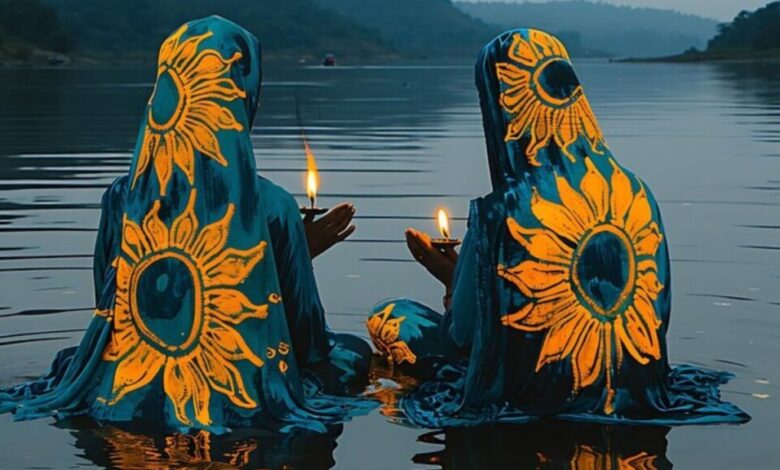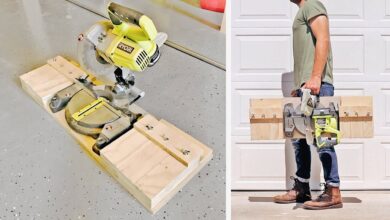Exploring the Meaning and Cultural Significance of “Omaha Seeya Wahyala”

In recent years, Omaha Seeya Wahyala many people have become more interested in learning about indigenous languages and cultures, especially those of Native American tribes. Among these is the Omaha Tribe, a group historically based in the central United States. One phrase that has recently piqued interest is “Omaha Seeya Wahyala.” If you’re curious about its meaning, cultural significance, and the importance of preserving such language and traditions, this article will explore all you need to know about this fascinating phrase.
Understanding “Omaha Seeya Wahyala”
To begin, let’s break down the phrase “Omaha Seeya Wahyala.” This phrase is deeply rooted in the language and traditions of the Omaha Tribe, a Native American tribe that historically resided in areas that are now part of Nebraska and Iowa. The Omaha language is part of the Siouan language family, and it has been spoken for centuries.
Omaha: A People, a Language
The word “Omaha” itself refers both to the tribe and to the language they speak. The Omaha Tribe, which is part of the larger Dhegihan-speaking group of Native American tribes, is known for its rich history and cultural traditions. The tribe’s name comes from the word Ómaha, meaning “those going against the wind” or “upstream people” — a nod to their migration history and the challenges they overcame in settling in their ancestral lands.
The Omaha language is an integral part of the tribe’s identity, with speakers passing down oral traditions, stories, and customs through generations. However, like many Native American languages, the Omaha language has faced the challenges of language decline due to historical pressures, such as forced assimilation and the decline of native language education. Despite these challenges, there have been efforts in recent decades to revitalize and preserve the language.
Seeya: A Greeting or Expression
“Seeya” is a term that, in Omaha language, is commonly used as a greeting or expression. In many indigenous languages, greetings carry cultural weight and reflect the values of community, respect, and connection. In the case of “Seeya,” the term may be understood as a salutation, akin to saying “hello” or “greetings” in English, but it carries a deeper sense of acknowledgment and respect for the other person.
Wahyala: A Symbolic Concept
The word “Wahyala” is more complex and deeply rooted in the Omaha Tribe’s worldview. In the Omaha language, “Wahyala” is often associated with concepts of balance, spiritual connection, and life’s journey. While translations can vary depending on the context, it is frequently linked to themes of health, wellness, and harmony within both individuals and communities.
In traditional Omaha culture, maintaining balance — both physical and spiritual — is seen as essential to a good life. “Wahyala” represents this idea, embodying the pursuit of a meaningful and harmonious existence, aligned with both the community and the natural world.
“Omaha Seeya Wahyala”: A Combined Greeting of Respect and Spirituality
When we put the elements together, “Omaha Seeya Wahyala” can be interpreted as a greeting that goes beyond simple words. It conveys respect, spiritual well-being, and acknowledgment of one’s journey. It’s a phrase that reflects the interconnectedness of the individual and the larger community, calling attention to the importance of balance in life and a recognition of one’s shared humanity.
In many ways, “Omaha Seeya Wahyala” represents the Omaha Tribe’s worldview, where the personal and the collective are intertwined, and where language serves as a means of communicating profound cultural values.
The Cultural Significance of the Omaha Language
For the Omaha Tribe, language is more than just a tool for communication — it is a vessel for preserving cultural identity. The Omaha language has shaped the tribe’s worldview, rituals, and social practices for centuries. As a result, phrases like “Omaha Seeya Wahyala” are more than just expressions; they are symbols of a way of life that has endured for generations.
Language as a Cultural Marker
Language is often one of the most important markers of cultural identity. The Omaha language encapsulates centuries of history, values, beliefs, and traditions. Each word carries stories of ancestral knowledge, sacred practices, and communal bonds that have shaped the tribe’s way of life.
For modern-day members of the Omaha Tribe, revitalizing the language is not just about preserving words — it’s about maintaining a connection to their ancestors and the spiritual teachings that have been passed down. This connection to language can foster a sense of pride and solidarity within the community, while also ensuring that future generations have access to their rich cultural heritage.
The Challenges of Language Preservation
Like many indigenous languages, Omaha has faced the threat of extinction. Historical policies of forced assimilation, such as the boarding school system in the late 19th and early 20th centuries, severely diminished the number of native speakers. Many children were punished for speaking their native languages, leading to a decline in fluency.
However, in recent decades, there has been a resurgence of interest in preserving and revitalizing indigenous languages across North America, and the Omaha language is no exception. Efforts to teach the language in schools, document oral traditions, and support language programs have helped to create a new generation of speakers and cultural advocates.
The Revival of Omaha Language and Traditions
The revival of Omaha language and culture is a multi-faceted effort that involves various community leaders, linguists, educators, and tribal members working together to create resources, support programs, and promote the language in daily life.
Language Revitalization Programs
One of the key aspects of the language revitalization movement is the establishment of immersion programs and language classes. The Omaha Tribe, along with other tribal communities, has invested in programs that teach the Omaha language to both children and adults. These programs are designed to create fluent speakers who can continue to pass the language down to future generations.
In addition to formal classes, many language programs incorporate cultural teachings, storytelling, and ceremonies that reinforce the connection between language and cultural identity. The hope is that as more people learn and use the Omaha language in everyday conversations, the words will once again be spoken in homes, schools, and communities.
The Role of Technology in Language Preservation
In the modern age, technology plays a crucial role in the preservation and dissemination of indigenous languages. For the Omaha language, digital tools such as apps, websites, and online dictionaries have been developed to support learners. These resources allow people to access language materials from anywhere in the world, further promoting the language’s revitalization.
Community Involvement
At the heart of these efforts is community involvement. Language revitalization is not solely the responsibility of linguists or educators; it requires the participation of tribal members, especially elders who carry the oral traditions and deep cultural knowledge. Elders are often the stewards of the language, and their contributions are essential in ensuring that cultural practices and teachings are passed down accurately.
Why “Omaha Seeya Wahyala” Matters Today
“Omaha Seeya Wahyala” is more than just a greeting — it’s a window into the rich cultural heritage of the Omaha Tribe. By learning about and understanding this phrase, we gain a deeper appreciation for the Omaha people’s language, values, and worldview. In a world where many indigenous languages are at risk of disappearing, every effort to preserve and revitalize these languages is crucial.
For people who are not members of the Omaha Tribe, learning about phrases like “Omaha Seeya Wahyala” can also be a way of showing respect and solidarity with indigenous communities. It’s a reminder of the importance of cultural diversity and the need to protect the languages that carry centuries of wisdom and history.
Conclusion
In conclusion, “Omaha Seeya Wahyala” is a phrase that holds deep significance within the Omaha Tribe, encapsulating a sense of respect, spiritual balance, and interconnectedness. It reflects the tribe’s worldview and the importance of language as a cultural anchor. As we continue to see revitalization efforts for indigenous languages, understanding phrases like this can help foster appreciation for the rich cultural traditions they represent. By supporting language preservation and embracing indigenous knowledge, we contribute to the survival of these languages and the cultures they embody.
So, the next time you hear the phrase “Omaha Seeya Wahyala” you’ll know that it is not just a simple greeting, but a profound expression of Omaha identity and the tribe’s ongoing journey to preserve their language and culture.




